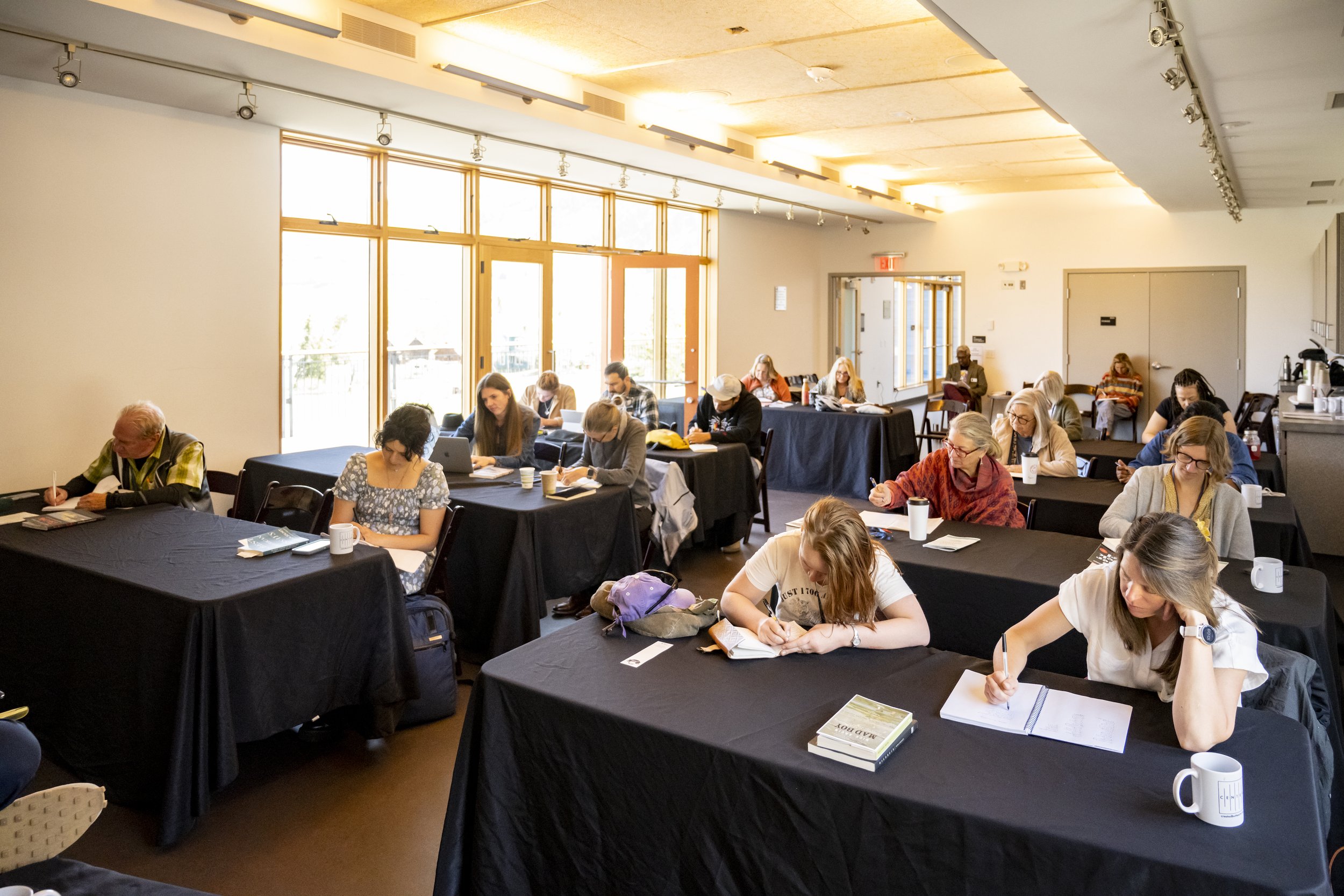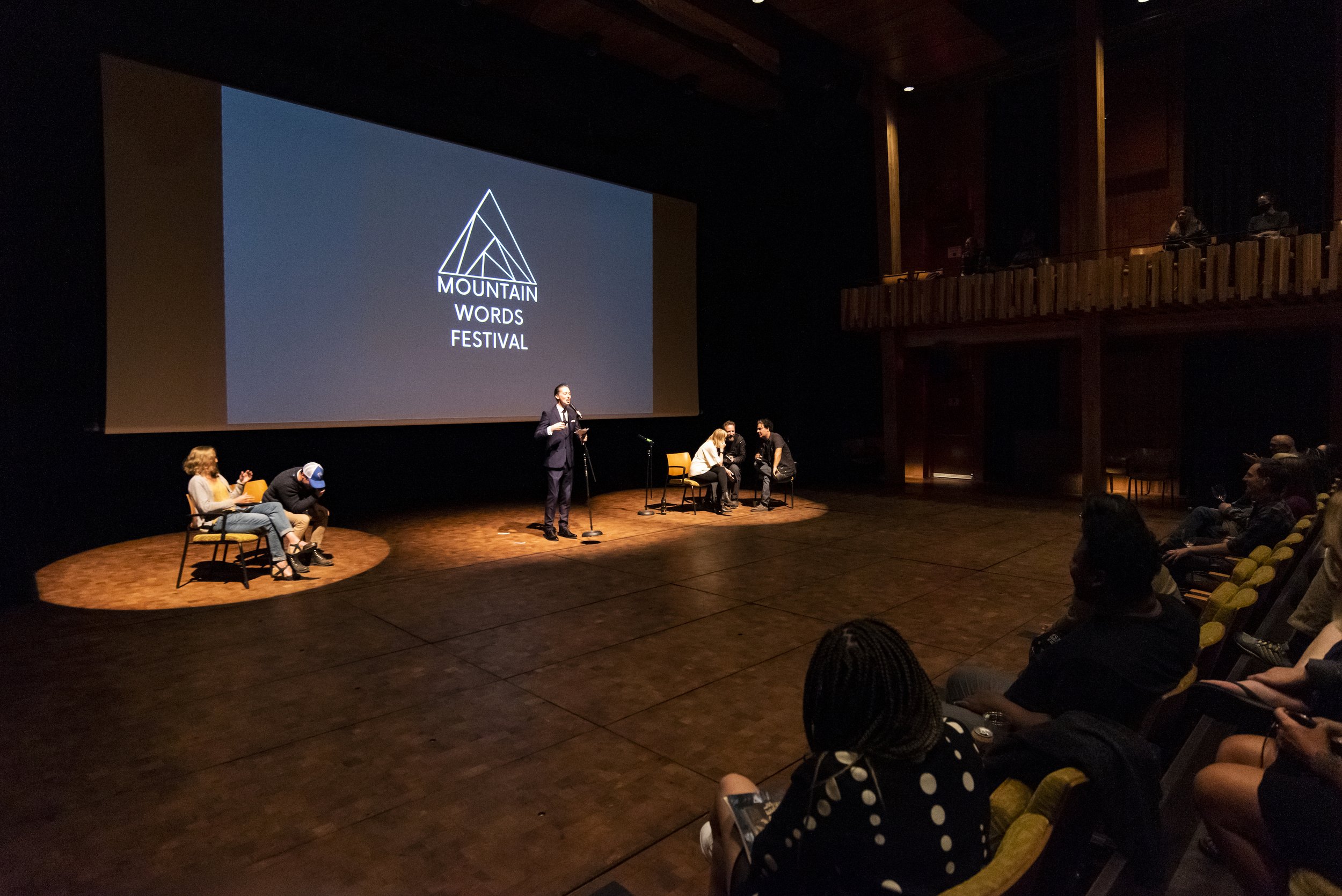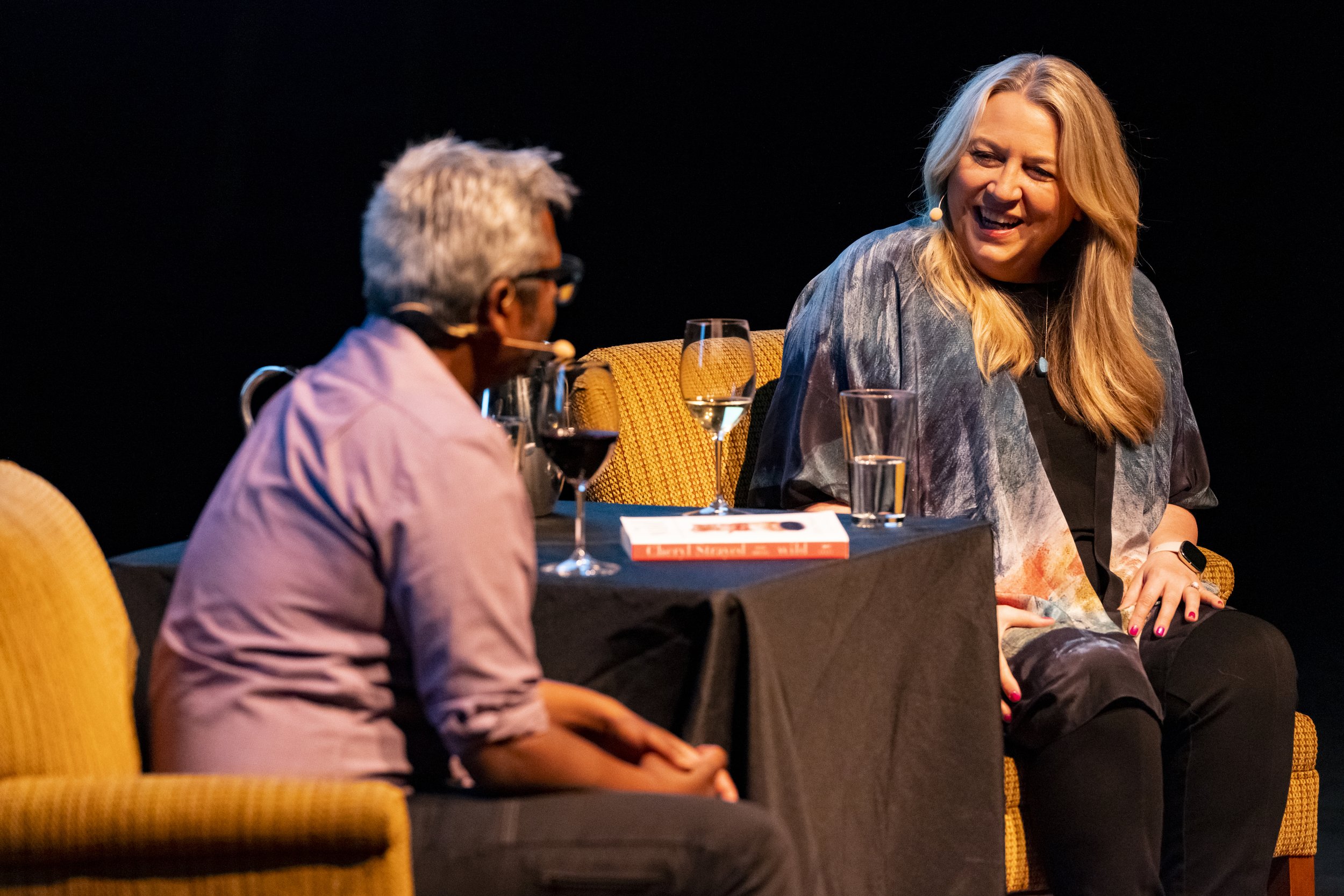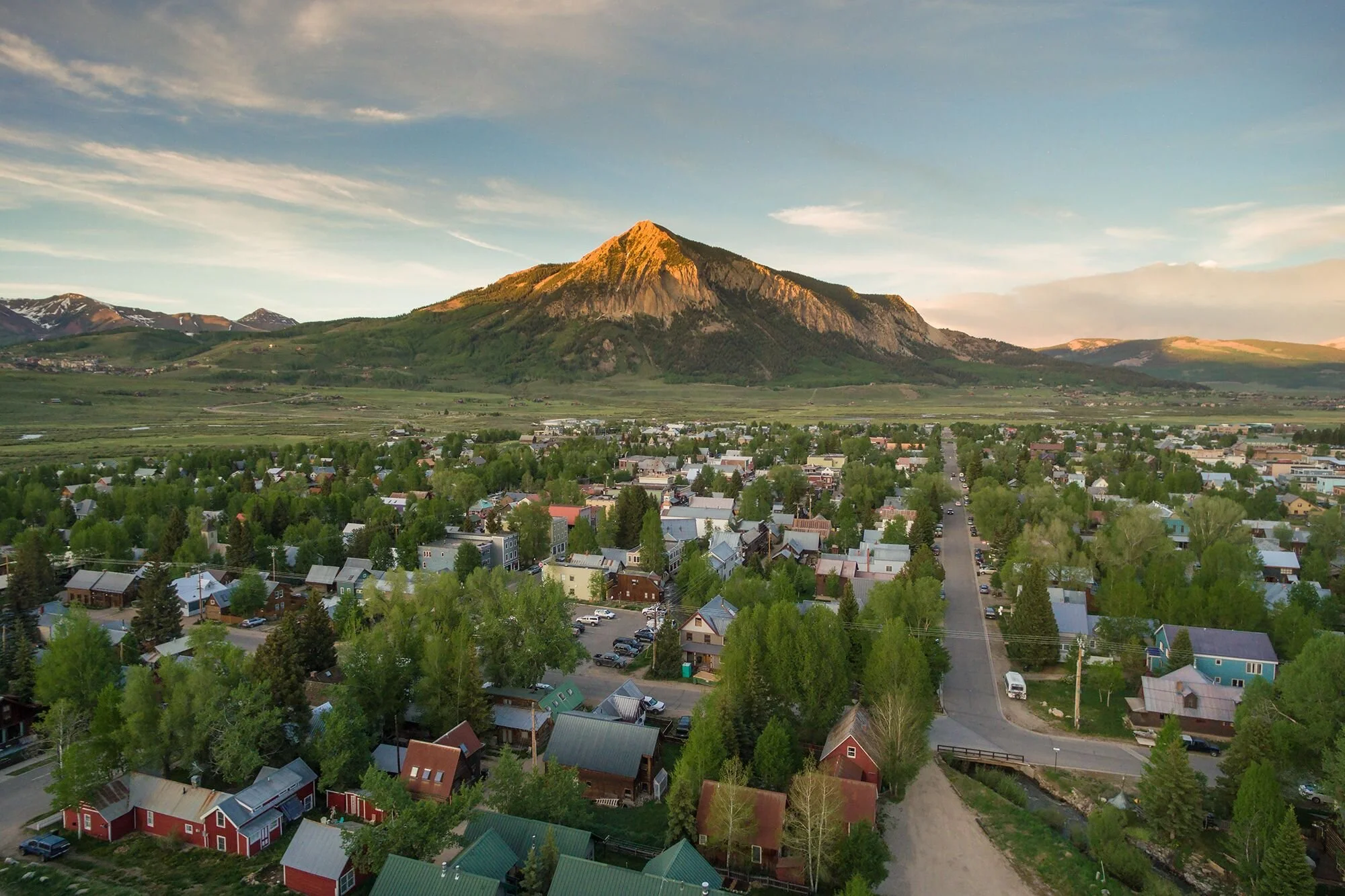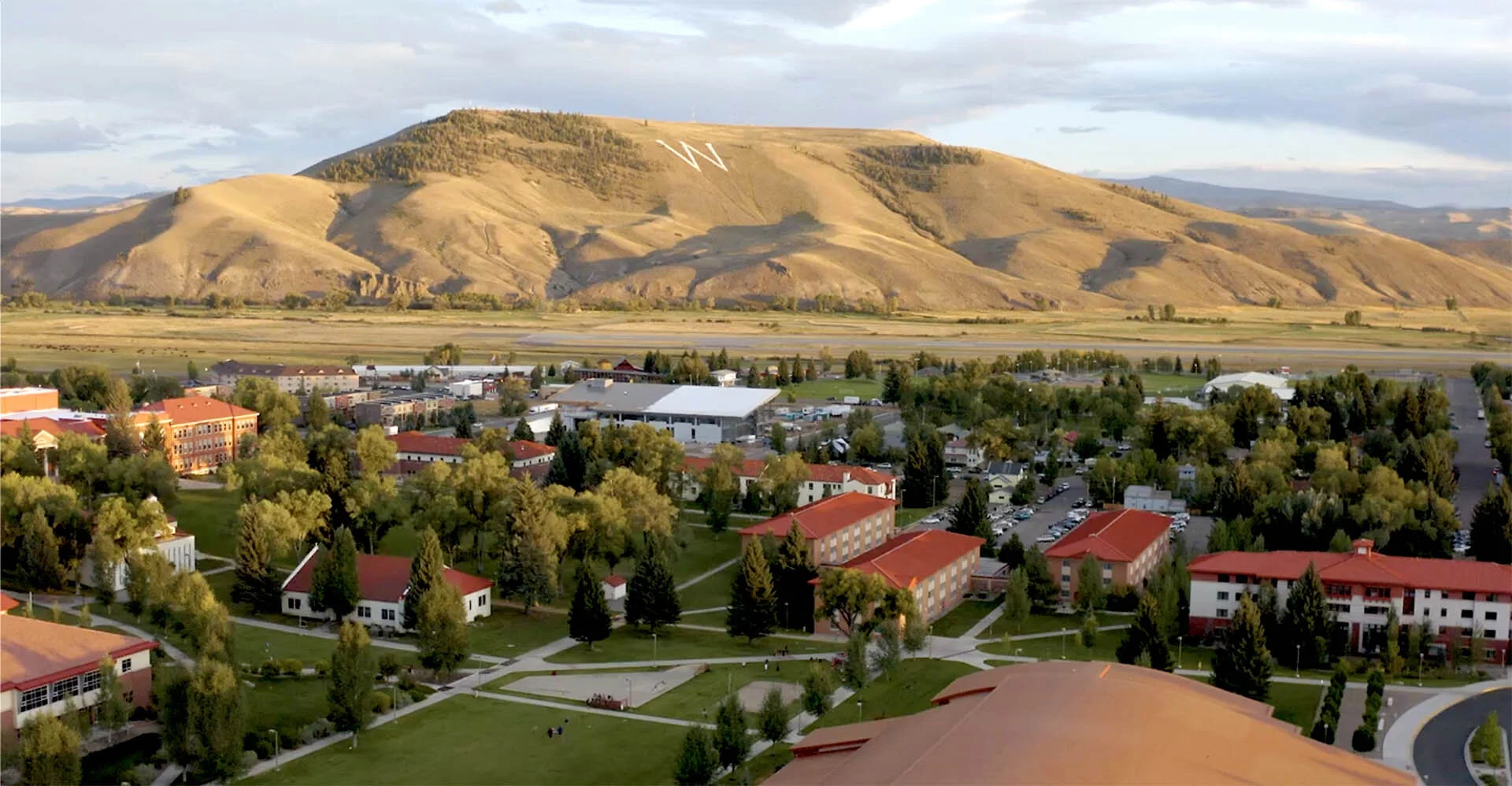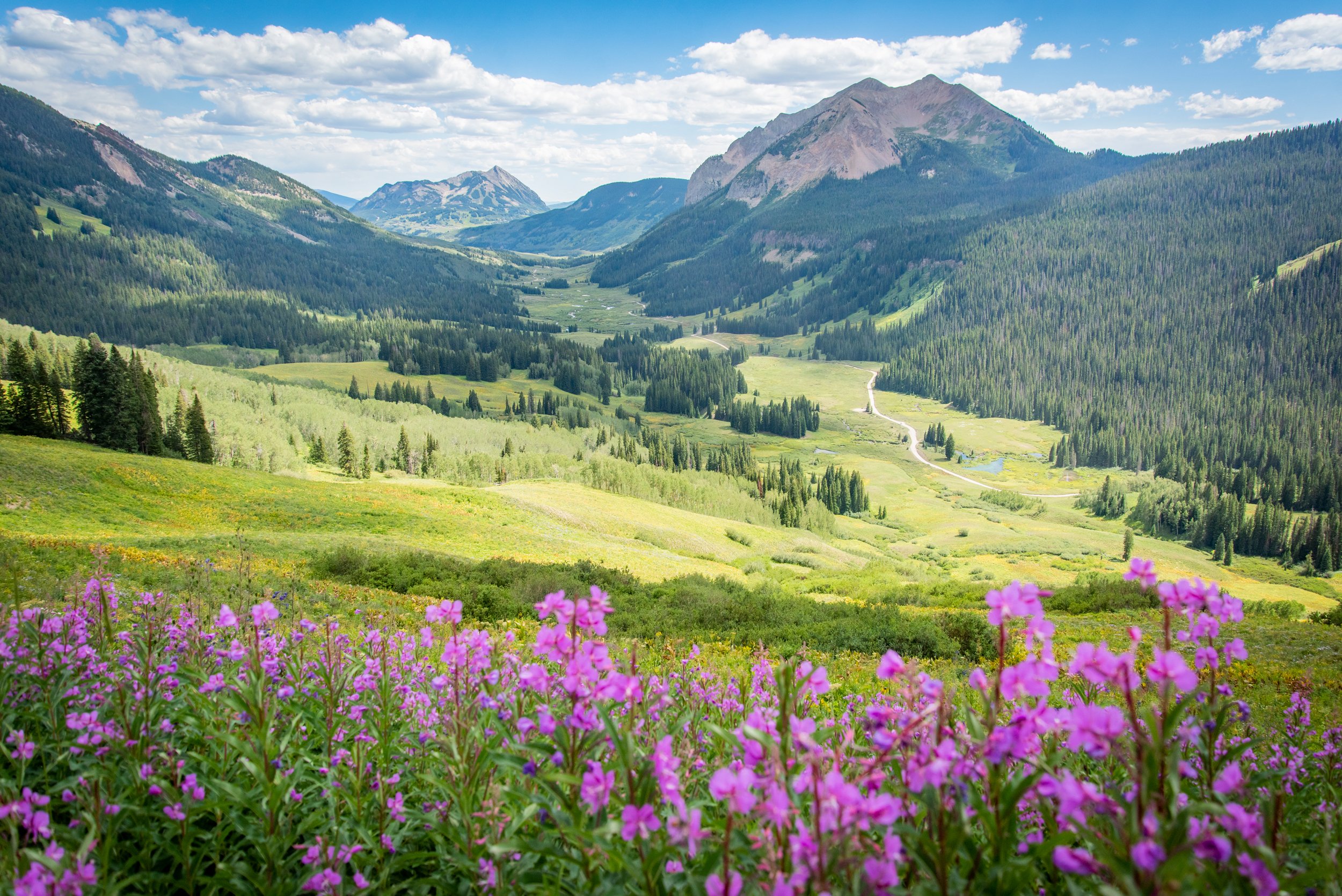
Welcome to Crested Butte, Colorado
The Center for the Arts
Festival Location
All Mountain Words events will take place at The Center for the Arts in Crested Butte. Truly unrivaled in Colorado as a captivating and welcoming place, The Center for the Arts brings people together to share, inspire, nurture, educate, and enjoy arts and culture.
This mainstay of the arts in Crested Butte was born in 1985, when a passionate group of local residents came together to create a community arts center in Crested Butte. This determined team was able to convert an old county road maintenance garage into a 6,000-square-foot Center for the Arts. In 2019, the Center completed construction on a brand new 31,000 square feet state-of-the-art building.
About the Town
Crested Butte, Colorado
A bit off the beaten path, Crested Butte appears to be frozen in time. In the 1860s and 1870s, Crested Butte was transformed from a tiny outpost of 100 trappers and hunters into a thriving mining town. Coal and silver mines drove the growth of a robust economy, and ranching soon followed. The decline of the mining industry plummeted the towns population to just 259 people in 1960.
The town began a slow revival when a ski resort was built on Crested Butte Mountain. Established as a historic district in the 1970s, the town preserves its old-time feel with its less traveled roads and original architecture. Even before its economy began to revive, the town was known to be home for artists, musicians, and other creative people, which has helped draw seasonal residents and tourists to the community.
Gunnison, Colorado
Known locally as “Gunny,” Gunnison, Colorado, lies thirty minutes south of Crested Butte in the heart of the Rockies. Although remote, it offers a wide array of fun things to do. The surrounding area is filled with year-round recreation, from mountain biking to fishing and hiking. Education also plays a big role in revenue for the area, with Western State Colorado University resting at the foothills of the surrounding mountain range.
A true frontier city, Gunnison was founded in 1853 during scoping of a railroad route from the Mississippi to the Pacific. By 1880, Gunnison was the biggest city in the area with over 10,000 people. Mines sprouted in all directions around Gunnison, but when the gold and silver dried up, ranching took over. Shortly after, fishermen, hunters and sightseers made Gunnison home.
